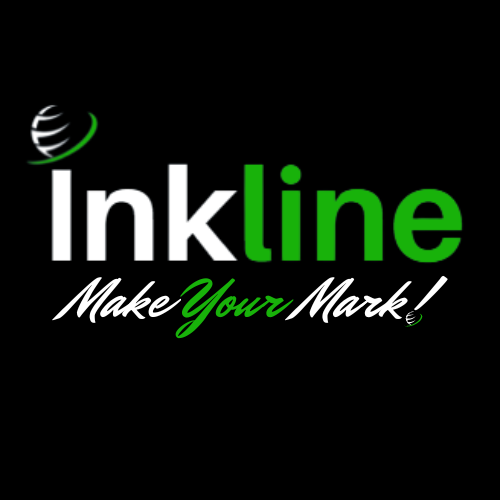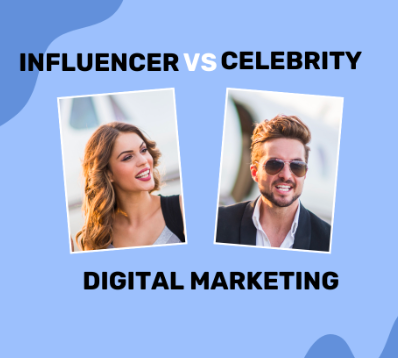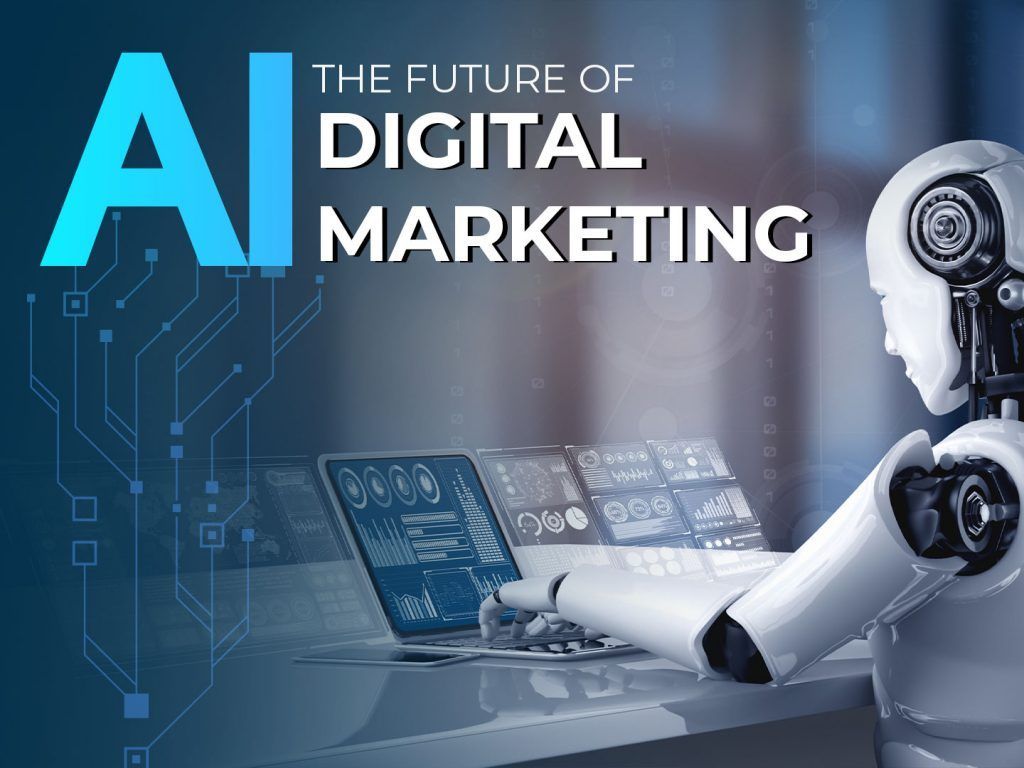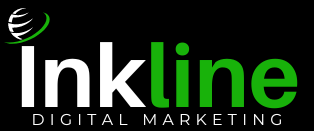Get Your FREE Online Performance Review With A 10-Step Action Plan TODAY! Email: info@inklineonline.com
The 7 Stages of a Buyer Journey

The buyer journey is a crucial framework that outlines the process a potential customer goes through when making a purchase decision. Understanding these stages helps businesses tailor their marketing strategies to effectively engage and convert leads into loyal customers. This document explores the seven stages of the buyer journey, providing insights into each phase and how businesses can optimize their approach.
1. Awareness
In the awareness stage, potential buyers recognize a problem or need that requires a solution. They may not yet know your product or service exists. At this point, businesses should focus on creating informative content that addresses common pain points and educates the audience about possible solutions. This could include blog posts, social media content, and videos that highlight the issues faced by the target audience.
2. Consideration
Once potential buyers are aware of their problem, they enter the consideration stage. Here, they begin researching various solutions, comparing different products or services. Businesses should provide detailed information, such as product comparisons, case studies, and testimonials, to help buyers evaluate their options. Engaging content like webinars and eBooks can also be effective in this stage.
3. Decision
In the decision stage, buyers are ready to make a purchase. They have narrowed down their options and are looking for the best fit. Businesses should focus on providing clear calls to action, special offers, and easy access to product demos or trials. This is also the time to address any objections or concerns the buyer may have, ensuring they feel confident in their choice.
4. Purchase
The purchase stage is where the buyer completes the transaction. It’s essential for businesses to ensure a smooth and seamless purchasing process. This includes providing multiple payment options, clear instructions, and excellent customer support. A positive purchasing experience can lead to repeat business and referrals.
5. Post-Purchase
After the purchase, buyers enter the post-purchase stage. This is a critical time for businesses to nurture the relationship with their customers. Follow-up emails, satisfaction surveys, and personalized recommendations can enhance the customer experience. Providing valuable content and support can help reinforce the buyer's decision and encourage loyalty.
6. Advocacy
In the advocacy stage, satisfied customers become brand advocates. They share their positive experiences with others, which can significantly influence potential buyers. Businesses should encourage this by creating referral programs, asking for reviews, and engaging with customers on social media. Highlighting user-generated content can also amplify advocacy efforts.
7. Loyalty
The final stage of the buyer journey is loyalty. Here, customers have developed a strong connection with the brand and are likely to make repeat purchases. Businesses should focus on maintaining this loyalty through personalized communication, exclusive offers, and loyalty programs. Engaging customers with ongoing value can turn them into lifelong supporters of the brand.
Conclusion
Understanding the seven stages of the buyer journey is essential for businesses looking to optimize their marketing strategies and improve customer engagement. By addressing the needs and concerns of potential buyers at each stage, companies can create a more effective and personalized experience that ultimately leads to increased conversions and customer loyalty.
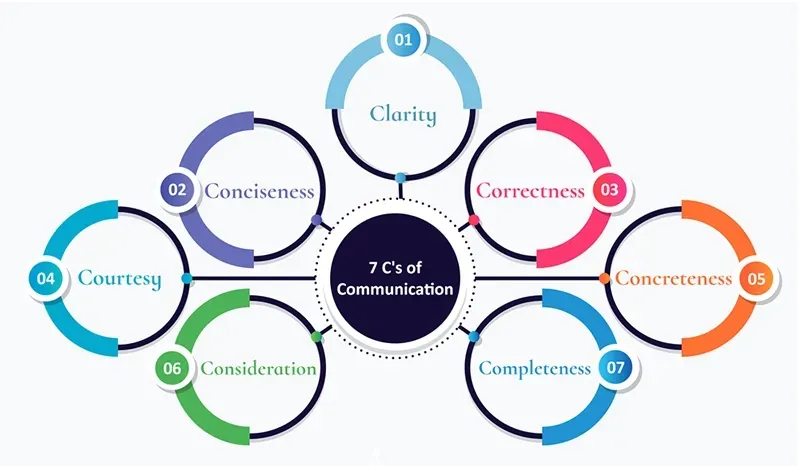
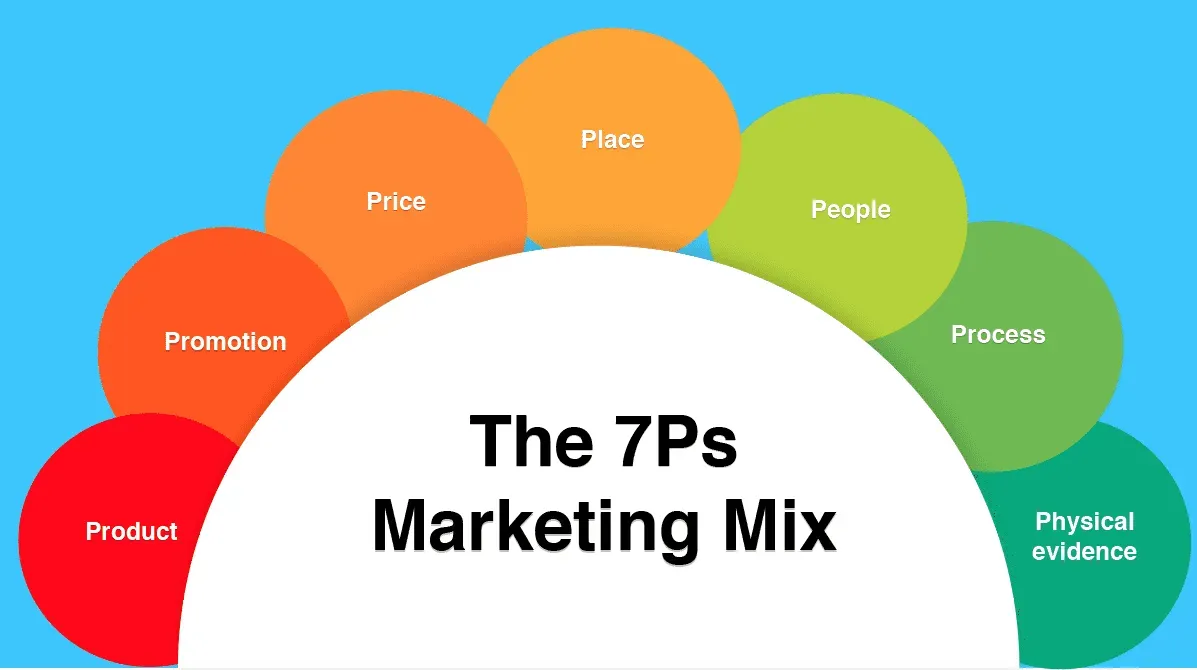
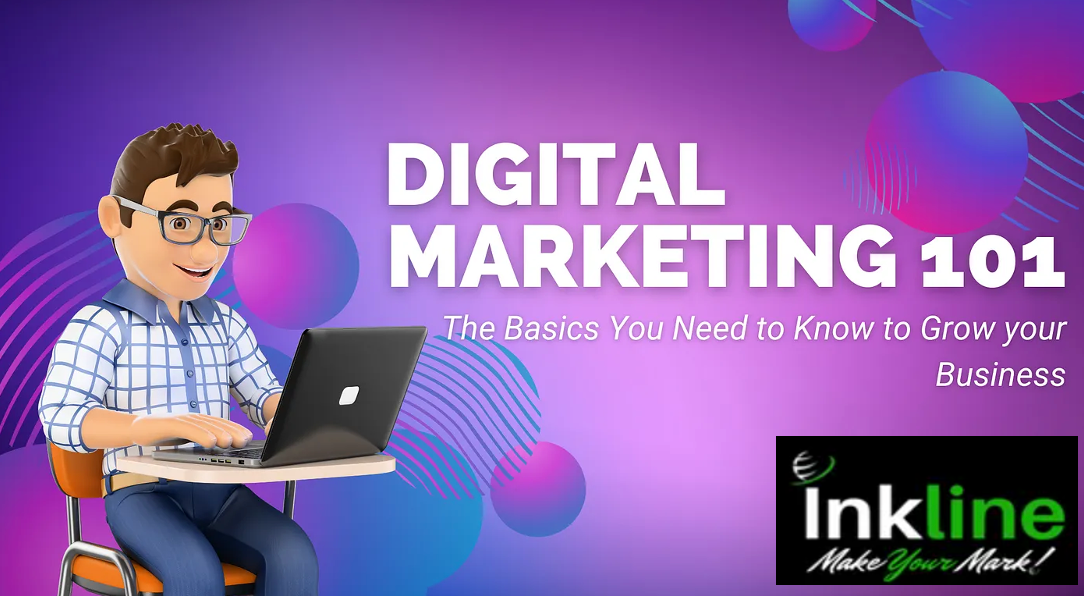
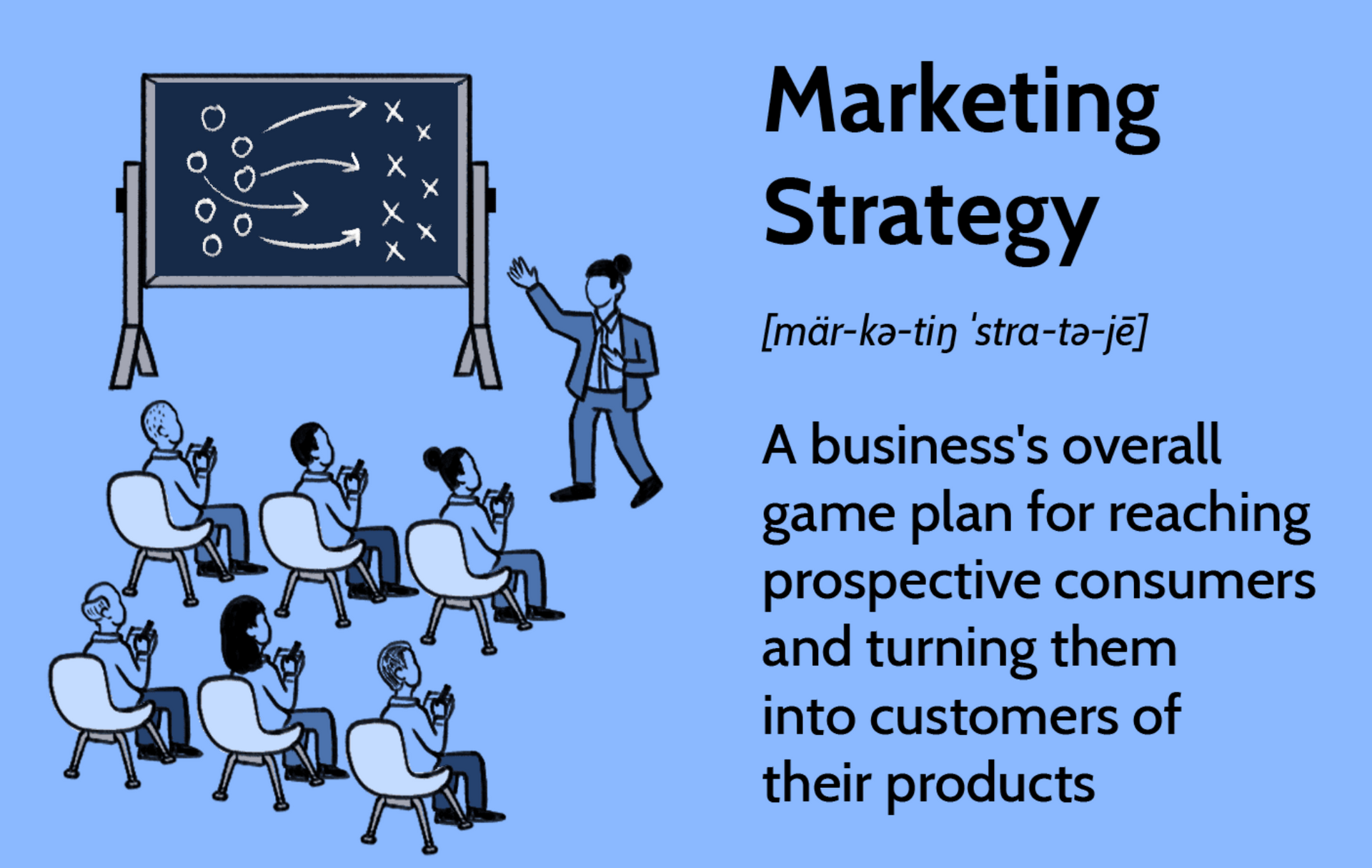
We are a premier B2B Lead Generation Agency based in Lehigh Valley, Pennsylvania. Our team of experts are leaders in the customer acquisition space focused on boosting sales for businesses. Find out why we are trusted by top tech companies nationwide. Contact us today to get your free, no-obligation consultation!
Get In Touch
3992 Stecasso Court
Whitehall, PA, 18052 US
Business Hours
- Mon - Fri
- -
- Sat - Sun
- Closed
© 2020-2025 Inkline Online LLC. All Rights Reserved. Privacy Policy & Terms of Use. 1-610-844-0300
Menu
Services
